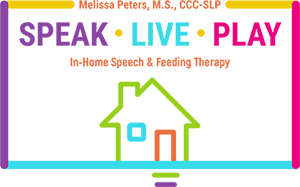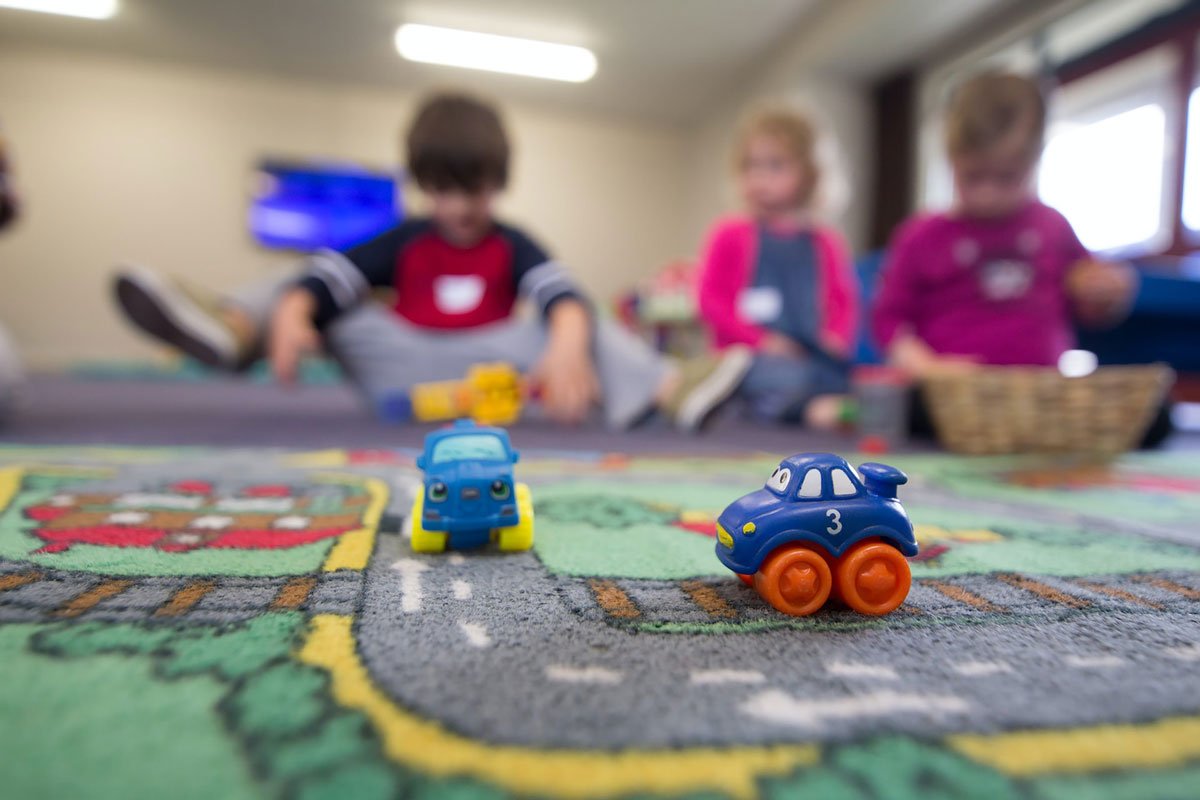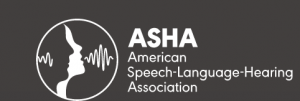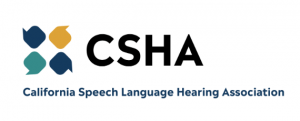Looking to improve student engagement? Try to add movement to learning strategies. These are fantastic routes to get your students more engaged, retain information, and more.
Recent studies show that people learn better when the information is presented in various ways. When a child takes in information through more than one sense, including verbal, visual, and kinesthetic modes, they are likely to encode it in their long-term memory. The research also indicates that physical activity boosts cognitive function, activates the brain, and improves academic performance.
Unfortunately, for people in our generation, our teachers thought that the best way we could learn was to sit still without fidgeting during the learning activities. Luckily, with the new research showing that brain breaks and movement improve grasping new information, our kids can enjoy a more fun way of learning.
When we involve movement during learning, the kids are excited and eager to learn. You probably have heard of how to practice writing letters in different ways. Today, Pinterest provides fun ways that boost sensory learning. While some kids may enjoy practicing writing letters, others will find drawing more interesting. In this post, we will discuss some of the ingenious ways that we can add movement to learning and improve the kid’s concentration and understanding.
Here are five ingenious ways to add movement to learning
Use your child’s interest
The first way of adding movement to learning is simple. By now, you know what your kid enjoys. It can be cars, trains, nature, stars, roads, etc.; adding items that interest your kid will boost their attention. For instance, if you find that your kid loves drawing but struggles with writing letters, you can incorporate what he loves during the practice. For instance, you can use road maps to trace letters.
Ask children to respond non verbally
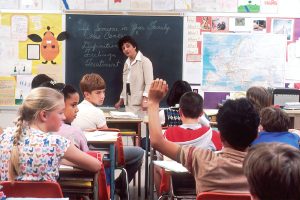
Many children struggle when it comes to processing delays. A kid’s brain requires more time to process the question and respond appropriately. When you allow kids to shout answers in class, other kids, especially those with process delay problems, will not have the chance to respond. Adding movement can help these kids to participate. For example, you can ask the kids to put their thumbs up, stand up, or hold a placard up saying Yes/No when they have the solution to the question. Another useful idea that helps is adding movement to concepts. For instance, when teaching prepositions, ask the kids to place an item on the table, to the right of a boob, under the seat, etc. Teaching right and left is more engaging when the children point to the left or right or place an item to the left or right.
Use alternative seating
Today, schools are getting large play balls instead or purchasing the usual classroom seats. The play balls are usually interesting for the kids, meaning that they will have fun using them compared to normal seats. The use of alternative seating will also allow the teacher to engage all students, including those with difficulties. Before deciding on the best seat for the school, it is important to do intensive research. The research will answer some of the questions, such as the benefits of each seat type and the cost-effectiveness of the particular type of seat. Although rocker seats are considered a mainstay for the nurseries, some kids can enjoy learning while using them. Instead of donating or reselling them, parents can repurpose them into a reading corner for their kids.
Stand up!
We normally take a lot of time seated at our desks, more than we realize. While you may feel comfortably seated, staying glued to your seat can have a tool on your concentration and overall output. In a classroom setting, kids spend most of their time seated. Research shows that standing helps in improving concentration. Allow the kids to stand when they want to. You can also get adjustable desks to a taller setting that allows kids to stand. The research shows that standing even for as little as five minutes can boost oxygen flow to the brain, improving learning.
Add music to learning
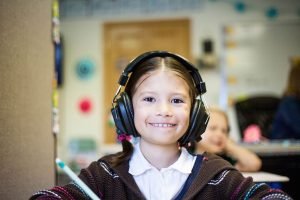
Incorporating songs during the lessons is a great way to give the brain the break it needs. You can also start your lesson on a lighter note by adding fun songs. Be sure to join in the fun, as you will benefit from the fun break/movement. Playing classical music can help children concentrate better when independently working on their handwriting or drawing. You can also play upbeat music or do the chicken dance when you see that the kids are slow and tired. The songs will activate their brains, resulting in improved learning.
Summary of how to add movement to learning
On average, kids spend seven hours daily at school. It is unreasonable to expect the playful kids to sit quietly throughout the classwork. Using the above tips to add movement to learning will help the kids re-energize their bodies and brains, allowing for better concentration. Adding movement to learning also boosts academic performance and better behavior. Additionally, incorporating movement in the lesson ensures kids stay excited and engaged throughout the lesson. Moreover, movement in learning also assists the students in retaining more content.
Give us a call today to learn more!
